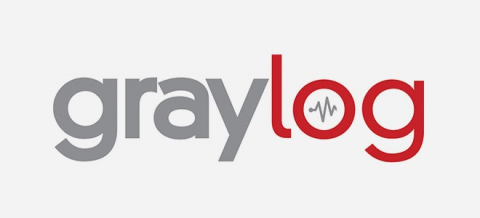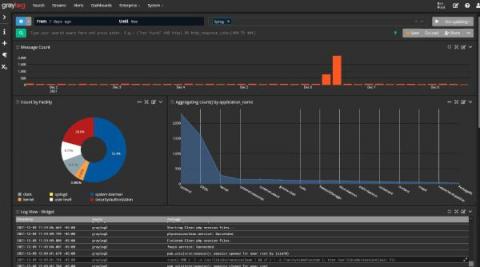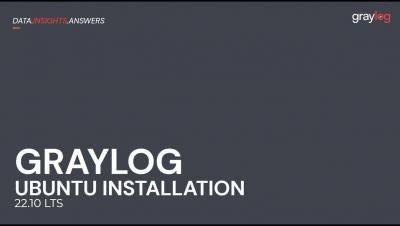Operations | Monitoring | ITSM | DevOps | Cloud
Graylog
Announcing Graylog v5.1
We are excited to announce the release of Graylog 5.1! A follow-up to our 5.0 release, Graylog 5.1 brings updates across our entire product line, including changes to infrastructure, Security, Operations, and our Open offerings.
Log Less, Achieve More: A Guide to Streamlining Your Logs
Businesses are generating vast amounts of data from various sources, including applications, servers, and networks. As the volume and complexity of this data continue to grow, it becomes increasingly challenging to manage and analyze it effectively. Centralized logging is a powerful solution to this problem, providing a single, unified location for collecting, storing, and analyzing log data from across an organization’s IT infrastructure.
How I used Graylog to Fix my Internet Connection
In today’s digital age, the internet has become an integral part of our daily lives. From working remotely to streaming movies, we rely on the internet for almost everything. However, slow internet speeds can be frustrating and can significantly affect our productivity and entertainment. Despite advancements in technology, many people continue to face challenges with their internet speeds, hindering their ability to fully utilize the benefits of the internet.
Ingesting Google Cloud Audit Logs Into Graylog
We will focus on the audit logging of Google cloud itself, however, the input supports the below sources when it refers to Google Cloud Logs.
E-Commerce and Log Management
As an e-commerce website owner you care about how your customers behave: why do they come to your website, which items or services are they most interested in, how much time do they spend on certain pages, and is their user experience above par? Also, it is very important to keep your website secure, as you can rest assured that no one wants to leave their payment details on an unsecured website.
What is Syslog and how does it work?
When you’re adding or subtracting fractions, you need to make sure that they have a common denominator, a number that allows you to compare values. In the same way, your IT environment needs a common “language” for your event log data. Your environment consists of various devices running different operating systems, software, and firmware.
Upgrade Graylog V4.3 to V5.0 On Ubuntu
How Can the Right Log Aggregator Help Your Enterprise?
The Internet of Things (IoT) revolution has set the beginning of a new age of data transfer. Each day, a massive number of new devices get added to all kinds of network infrastructures, transferring gargantuan amounts of data back and forth. In the next decade, we expect the number of IoTs to grow to a staggering 80 billion connected devices – practically outnumbering the human population tenfold.











